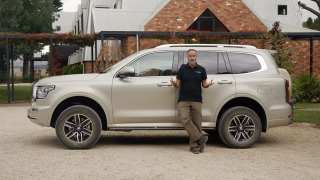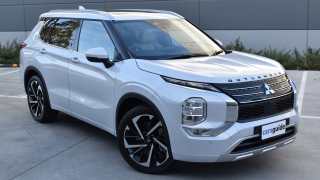
Think about it: tyres are always your vehicle's first – and hopefully only – point of contact with the ground. In an off-road situation, or in any situation really, your choice of tyres – and their pressures – will likely dictate whether you get through/over any terrain or obstacle you face.
Many new dual-cab utes are sold with HT (Highway Terrain) tyres and those are well-suited to long-distance bitumen touring, not off-roading. They are skinny and don't offer as much protection against off-road damage as other tyres.
Light Truck (LT) tyres are stronger than passenger car tyres, but then again so is my six-year old nephew.
A set of good All Terrain (AT) tyres – a good all-round tyre – will save you a lot of hassle on the beach or in the bush. They are tough, less susceptible than HT rubber to sticks-and-stones damage and provide plenty of off-road grip.
Mud Terrain (MT) tyres – big and knobbly and made for getting through mud – are for hardcore 4WDers. They are noisy on-road and can add to your fuel bills if you're doing a lot of highway travel on them.
Light Truck (LT) tyres are stronger than passenger car tyres, but then again so is my six-year old nephew. LT tyres have thick sidewalls and are built to carry loads and run at high pressures. They can be rather noisy on-road but are great performers off-road.
So, get rid of your HTs and throw on top-quality ATs or LTs – they'll set you back between $250 and $450 per tyre, depending on how gnarly you want to get.
















Comments